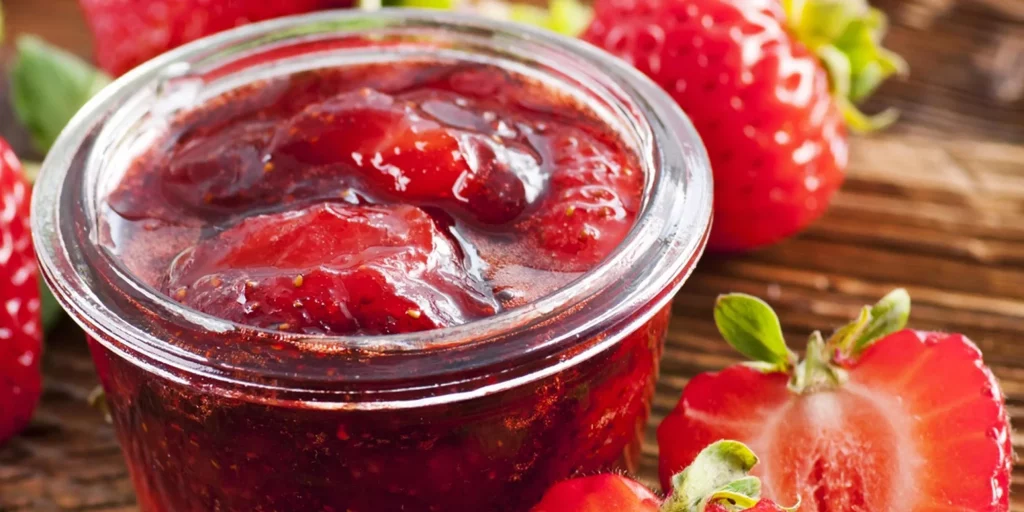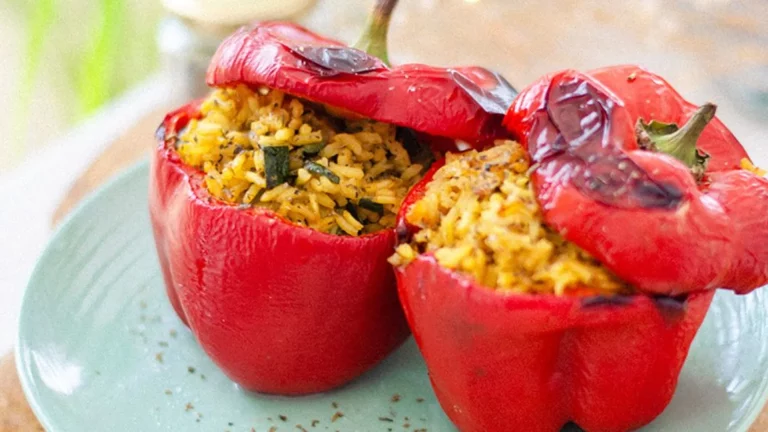
It’s no secret that commercially produced jams often fail the nutrition test and can lack in flavor due to excessive sugar content. However, not all jams are created equal, and making your own at home allows for better control over ingredients and flavor. This recipe deviates from traditional methods by using less sugar and incorporating lime juice and zest for acidity and depth of flavor. While homemade jam may never be a health food, adjusting the sugar content and experimenting with different flavors can result in a tastier alternative to store-bought varieties.
Ingredients
- 3 kg (6.6 lbs) strawberries
- 1.2 kg (2.6 lbs) white sugar
- Juice of 2 limes
- Zest of 1 lime
Instructions
- Prepare the Strawberries: Wash the strawberries thoroughly, remove the stems, and quarter them. Varying sizes of fruit pieces add texture to the jam.
- Combine Ingredients: In a heavy-bottomed pot, mix the strawberries with sugar, lime juice, and lime zest. Allow the mixture to sit for 30 minutes.
- Bring to a Boil: Place the pot over medium heat until it reaches a rolling boil.
- Simmer: Reduce the heat and simmer the mixture, stirring occasionally to prevent sticking. Cook for about an hour and a half.
- Check for Doneness: To test if the jam has reached the desired consistency, place a small plate in the freezer while the jam cooks. After the cooking time, drop a teaspoon of jam onto the chilled plate and run your finger through the middle. If the jam holds its shape and doesn’t run back together, it’s ready. If it runs, continue cooking.
- Adjust Texture: If there are large strawberry pieces remaining, use a fork or potato masher to break them down.
- Jar and Seal: Distribute the jam into sterilized jars, seal tightly, and allow them to cool upside down. If storing outside the refrigerator, re-sterilize the jars.
Additional Tips
- For larger batches, it’s wise to sterilize jars before use.
- Experiment with different citrus fruits or spices for unique flavor profiles.
Understanding Jam Consistency
The texture of jam relies on several factors, including sugar content, cooking temperature, and acidity. In this recipe, the reduced sugar content results in a softer set jam compared to traditional recipes. Pectin, a complex carbohydrate found in fruits, is responsible for the gel-like texture of jam. When heated with sugar and acid, pectin molecules form a network that traps fruit juices, creating a gel. With less sugar, the pectin network is less dense, resulting in a softer set.
Conclusion
Homemade jam allows for creative expression in the kitchen while offering a healthier alternative to store-bought varieties. By adjusting sugar content and experimenting with flavors, you can create jams that are not only delicious but also tailored to your preferences. While it may take some practice to perfect the process, the reward of flavorful, homemade jam is well worth the effort. So, roll up your sleeves, gather your ingredients, and embark on a jam-making adventure that’s sure to delight your taste buds and impress your friends and family.

